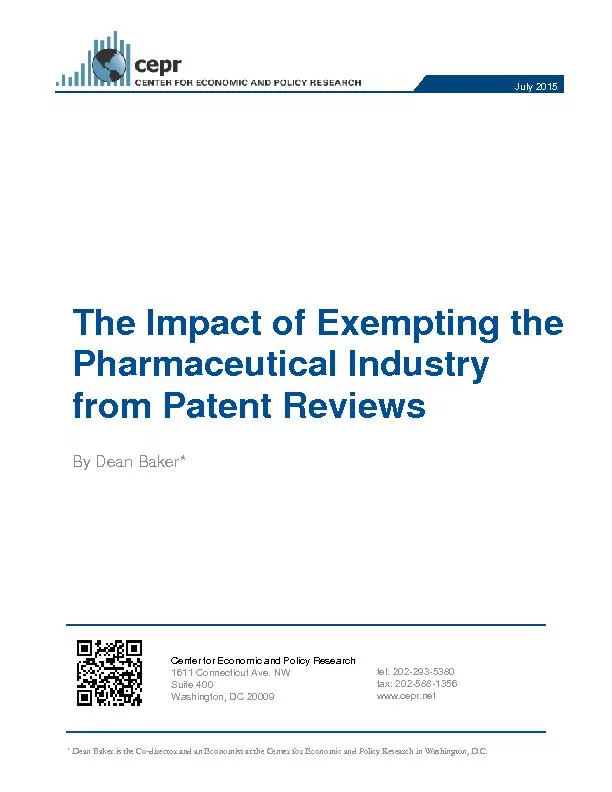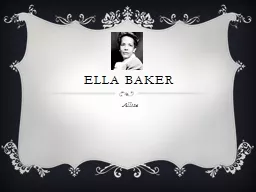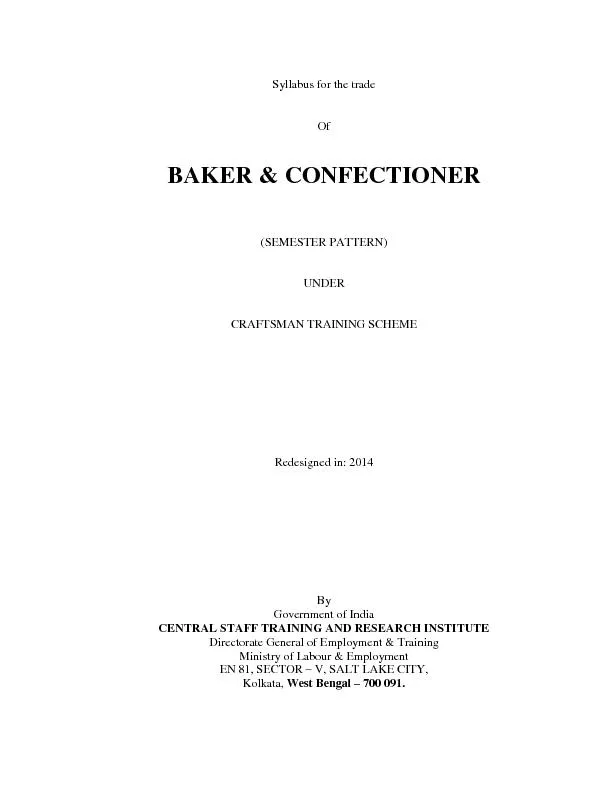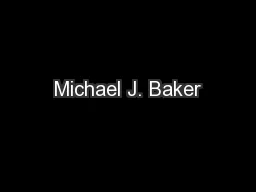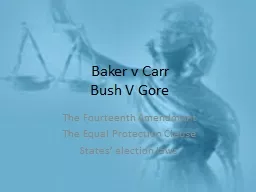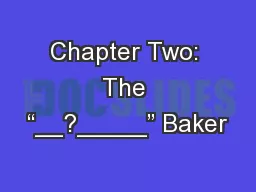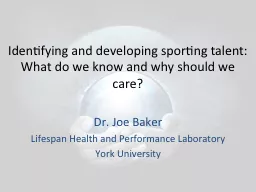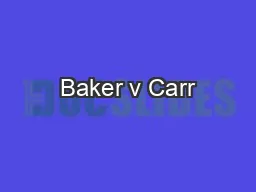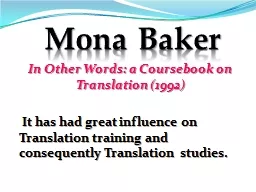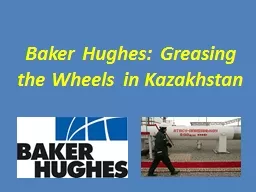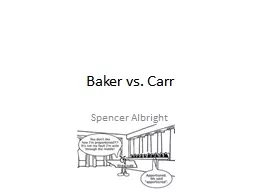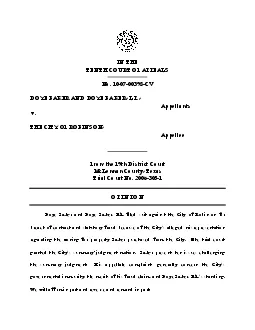PDF-Dean Baker is the Co
Author : cheryl-pisano | Published Date : 2016-12-09
July 2015 director and an Economist at the Center for Economic and Policy Research in Washington DC The Impact of Exempting the Phar maceutical Industry from Patent Reviews By Dean
Presentation Embed Code
Download Presentation
Download Presentation The PPT/PDF document "Dean Baker is the Co" is the property of its rightful owner. Permission is granted to download and print the materials on this website for personal, non-commercial use only, and to display it on your personal computer provided you do not modify the materials and that you retain all copyright notices contained in the materials. By downloading content from our website, you accept the terms of this agreement.
Dean Baker is the Co: Transcript
Download Document
Here is the link to download the presentation.
"Dean Baker is the Co"The content belongs to its owner. You may download and print it for personal use, without modification, and keep all copyright notices. By downloading, you agree to these terms.
Related Documents

